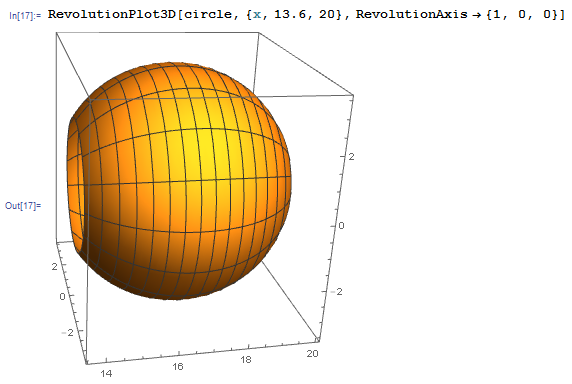

Now at, and hence is a minimum stationary point on the curve. Now differentiating with respect to again gives, Hence we have that there is a stationary point at. Now, setting to zero and solving the resultant equation gives, Hence we have that the equation of the tangent is,įind the stationary points of the curve Solution 6 So, to find the tangent, we simply differentiate with respect to to find the gradient at, and then use the point gradient formula to find the equation o the tangent. Example 5įind the tangent at, on the curve. Consider the below examples which illustrate the use of the derivative. You must be able to use the derivative effectively to obtain the required results throughout the questions. The process of finding tangents, normals, minima, maxima and points of inflexion all still apply as before. Of course you could have considered and applied the product rule onto this function. Example 4ĭifferentiate the following functions with respect to. Note that all the previous differentiation rules (product rule, quotient rule, chain rule) all apply. We shall now study some examples to illustrate the process of finding derivatives. We shall study the differentiation process of functions with bases other than in a later chapter. Now, to generalise the above rule we have that, ‘ This function has the remarkable property that its derivative is equal to itself! This is why is so important and the reason why almost all calculus involving the exponential functions and logarithmic functions will be done in the base. So, to illustrate the importance of we consider the derivative of. The reason why this number is so incredibly important is obvious in the below formulae. This number is the most important and frequently used base in mathematics. The natural base, is an irrational number approximately equal to. However, before delving into the calculus aspect, a new number must be introduced. The differential calculus of the exponential function is quite straightforward. Putting this information together on a diagram gives ĭifferential calculus of the exponential function The -intercept of the graph is at, which of course at the moment does not have any meaning, but will once we study the logarithmic function in the sections ahead. Now at, and hence the intercept of this graph is. Ĭ) To sketch this curve, we firstly note that as and as. (One can easily see this by considering the point at which, in this case it is the point indicating a shift of the graph one unit to the left.) An important point is to find the -intercept.

That is we have the graph,ī) Here we see that this graph is exactly the same as that of except for the shifting of the graph unit to the left. Sketch the graphs of the following functions Ī) To sketch this we simply consider the graph of and simply shift this one unit up. We shall consider some examples to illustrate the notions here. Now by using similar techniques to those used in drawing, one can draw any variation of these exponential functions with ease. Now, the graph of is similar, but of course is a reflection of the graph above about the -axis resulting in the graph This is due to the rapid growth of the exponential function. Also, the domain of the function is all real and the range is all positive real values of. Also, and there does not exist such that. But firstly we should consider asymptotic behaviour and any possible intercepts. We shall now investigate the graphs of exponential functions.įor the general function the graph of the function has a general shape given below. The most general form of the exponential function is where and is a constant. Now multiplying top and bottom through by and dividing top and bottom by gives, Now, substituting these into the expression gives, We simply have to substitute the values into the expressions and use the index laws to simplify the expression. Simplify the following using the index laws: From these four laws we may extrapolate a few extra rules (or theorems) to ease our mathematical work. Has the value of multiplyed by it self times. The index notation is used to simplify what would normally be very long notation.

10 Differentiation and Integration of Logarithms and Exponentials of Bases other than e.9 The Integral Calculus of the Logarithmic Function.8 The Differential Calculus of the Logarithmic Function.4 Integral Calculus of the Exponential Function.3 Differential calculus of the exponential function.


 0 kommentar(er)
0 kommentar(er)
